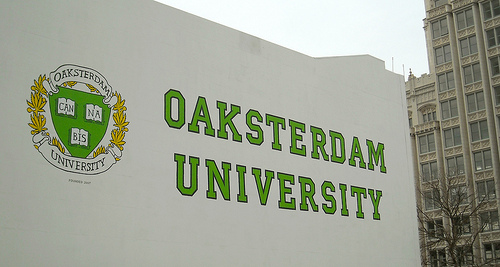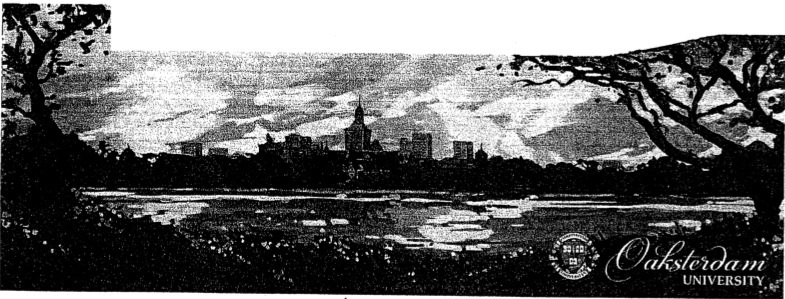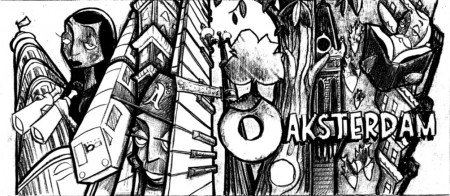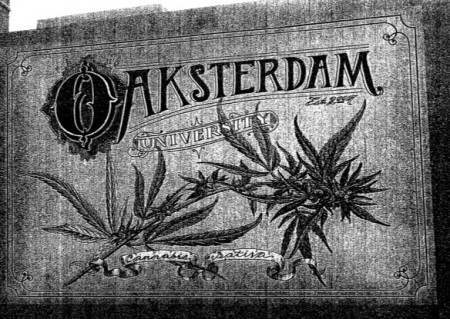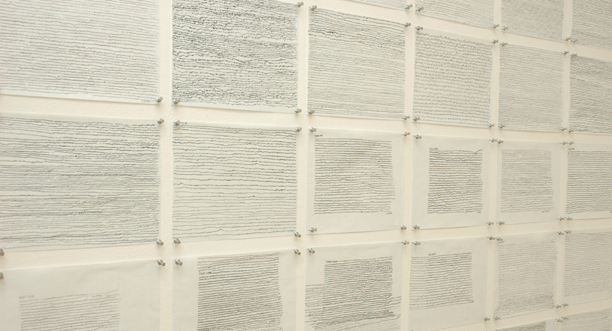Steve’s Links:
A 2006 interview with comedian Jimmy Carr and Amy Sedaris on PRI’s The Sound of Young America: The Jimmy Carr interview is interesting in it’s own right and I have referred to points he made in there often. But Amy Sedaris mentions hosting a “indoor garage sale” at her parties around this time and that idea was seeded in my mind.
Clear Your Clutter with Feng Shui by Karen Kingston: This is a book I found in a house while on vacation in 2003 (i think). I read it all in an afternoon and then started finding ways of getting rid of stuff. Some of it is a little wild even for me, but I can fairly say, this book changed my life.
Jack Kornfield on Generosity: I’m not sure where I originally heard this, and I don’t think this is the recording, but what I took away from it was the most cynical part – that there were different kinds of generosity and even the most begrudged, reluctant, or accidental generosity was considered on the same level as the most selfless kind.
Art and Activism, Generosity:
Aaron Gach and The Center For Tactical Magic: The Center for Tactical Magic engages in extensive research, development, and deployment of the pragmatic system known as Tactical Magic. At the CTM we are committed to achieving the Great Work of Tactical Magic through community-based projects, daily interdiction, and the activation of latent energies toward positive social transformation.
Amy Balkin: an artist pursuing “speculative counter-spaces”, her work includes Public Smog, where she created clean air public parks by purchasing pollution credits on the open market and reserved them from use, and This is a Public Domain, where she purchased land and attempted to designate it as a global commons
Packard Jennings: “I make work that delves into the realm of activism, not only to connect with individuals in provocative and meaningful ways, but also to recast my role in the system. I often put my work out into the world for chance interactions with people; this involves ad hoc installations and subversive infiltration of public and semi-public spaces, where the pieces are left to their own fate. I employ humor as a device for lowering a viewer’s guard to the reception of difficult content.”
Red76: Red 76′s work centers on the practice of grassroots publishing (both zines small newspapers, and online), conversation, and alternative economies which center around a larger theme of the American Revolution (the 76 in their name references 1776, the year the US independence) and a general revolutionary spirit. Projects like Ghosttown and Taking Place sought to charge space and create an atmosphere wherein the public may become highly aware of their immediate surroundings, and their day to day activities, is an often recurring element within many of the groups activities.
The Yes Men: The Yes Men are a group who use any means necessary to agree their way into the fortified compounds of commerce, and then smuggle out the stories of their undercover escapades to provide a public glimpse at the behind-the-scenes world of big business. Their main goal is to focus attention on the dangers of economic policies that place the rights of capital before the needs of people and the environment. They’ve got a movie.
REBAR is an interdisciplinary studio operating at the intersection of art, design and activism. Their work encompasses visual and conceptual public art, landscape design, urban intervention, temporary performance installation, digital media and print design.
Rebar remixes the ordinary, repurposes the ubiquitous and restructures the fabric of the urban environment by exposing hidden assumptions and shared meanings embedded in the everyday experience of the built world.


